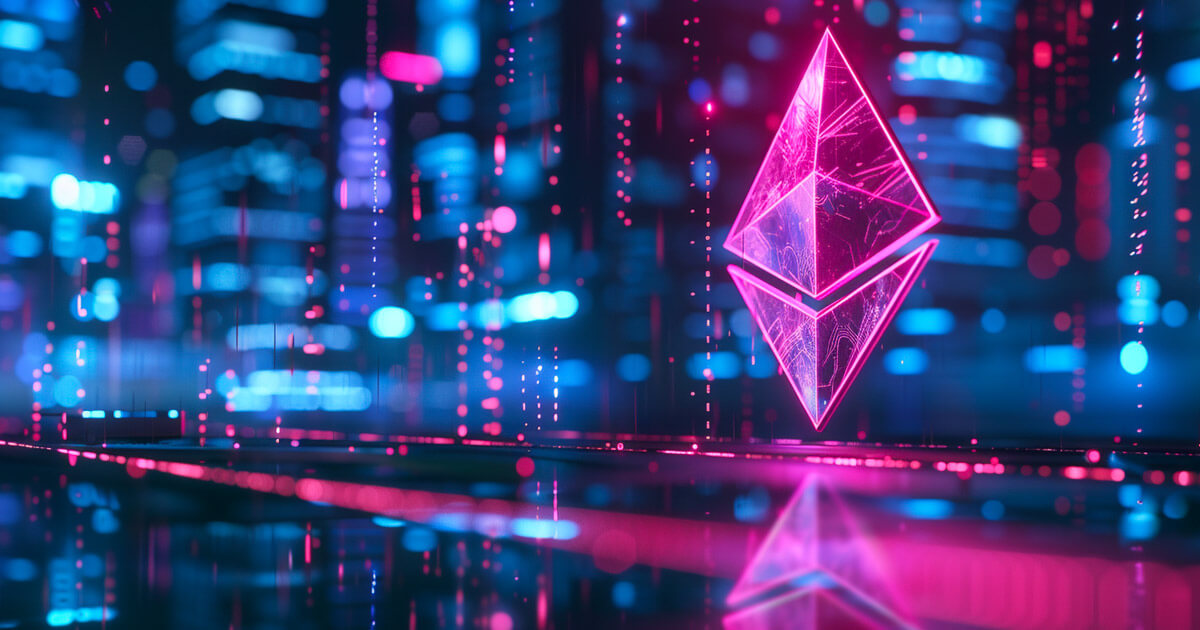Ethereum’s average transaction fees have reached an all-time low as more activity moves to the chain’s layer 2 (L2) network.
Average gas dropped to 4.81 Gwei, according to Ultrasound.money data. This is the lowest level since the network completed its Merge event in 2022.
Market observers attributed this decline to increased activity on the L2 network following the completion of the Dencun upgrade. The Dencun upgrade significantly reduced fees on the L2 network, making transactions on the base layer less attractive.
In particular, IntoTheBlock, a blockchain analysis platform reported:
“We are now seeing an increasing number of transactions being processed on Ethereum Layer 2. Last month, the top three L2s accounted for 82% of all Ethereum transactions.”
Additionally, the number of transactions on Arbitrum increased significantly, 2 million daily transactions May 8 — A significant increase from the average of 1 million in early March.
According to L2beats data, Base and Arbitrum processed an average of 30 and 20 transactions per second respectively, while Ethereum managed 13 transactions per second over the same period.
ETH changes with inflation
Meanwhile, CryptoQuant analysis shows that ETH has become inflationary since the Dencun upgrade, leading to lower gas fees and lower burn rates.
In light of these developments, the company commented:
“After The Merge, Ethereum seemed to be following the ‘ultrasonic’ monetary narrative, with total ETH supply decreasing slightly. However, the post-Dencun upgrade challenges this issue by increasing supply by reducing transaction fees and ETH burn rate.”


CryptoQuant presented a scenario where the Dencun upgrade environment would require a significant increase in network activity to remain deflationary, which it explained contrasts with the current trend of low gas prices and declining burn rates.
In particular, according to UltraSound.Money data, the daily amount of ETH burned over the past day was 519 ETH, the lowest ever for the network.

